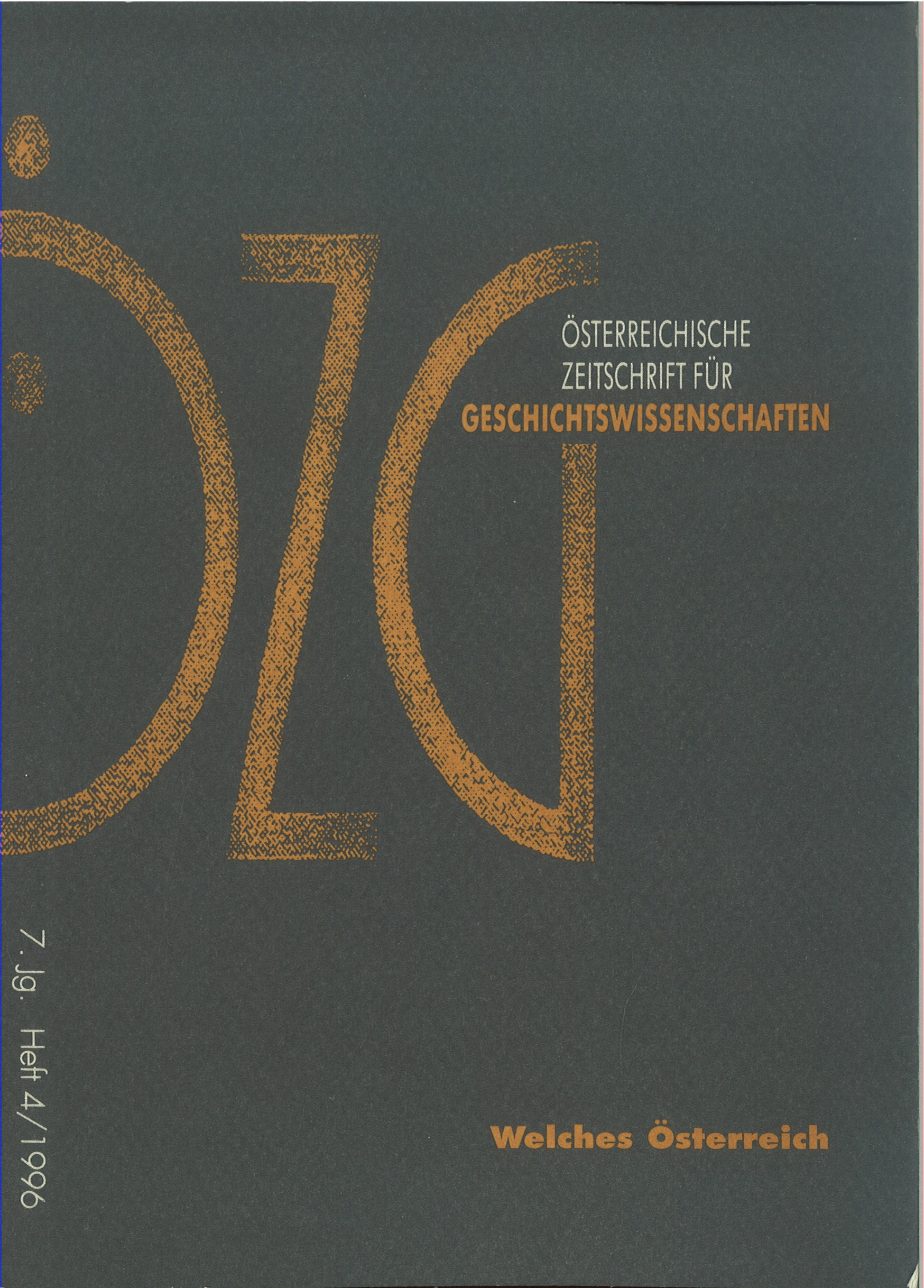Im „Reich der Unbegreiflichkeiten“
Historiker als Konstrukteure Österreichs
DOI:
https://doi.org/10.25365/oezg-1996-7-4-2Abstract
Structure and meaning of Austrian history has always been determined by the configuration of the state existing at the time historians were writing or in periods when historians rejected the form of the Austrian state, by an idealised version thereof. Before 1918, the prevailing paradigm was the organic development of the Habsburg Monarchy. The extension of the territorial sovereignty of the Habsburg dynasty provided the narrative basis for the constitutional history of the Empire. After 1918, a großdeutsch orientation predominated, influenced by the desire for the Anschluß of German-Austria to Germany. Habsburg history was now interpreted as the fulfi.lment of a German mission to bring order and civilisation to central Europe. Traces of this tradition were still visible in the period after 1945, despite the fact that that interpretation had been used to justify the expansion of the National Socialist dictatorship in the region. Gradually, however, historians have come to take the current borders of the Austrian Republic as the starting-point for constructing their historical narratives.


